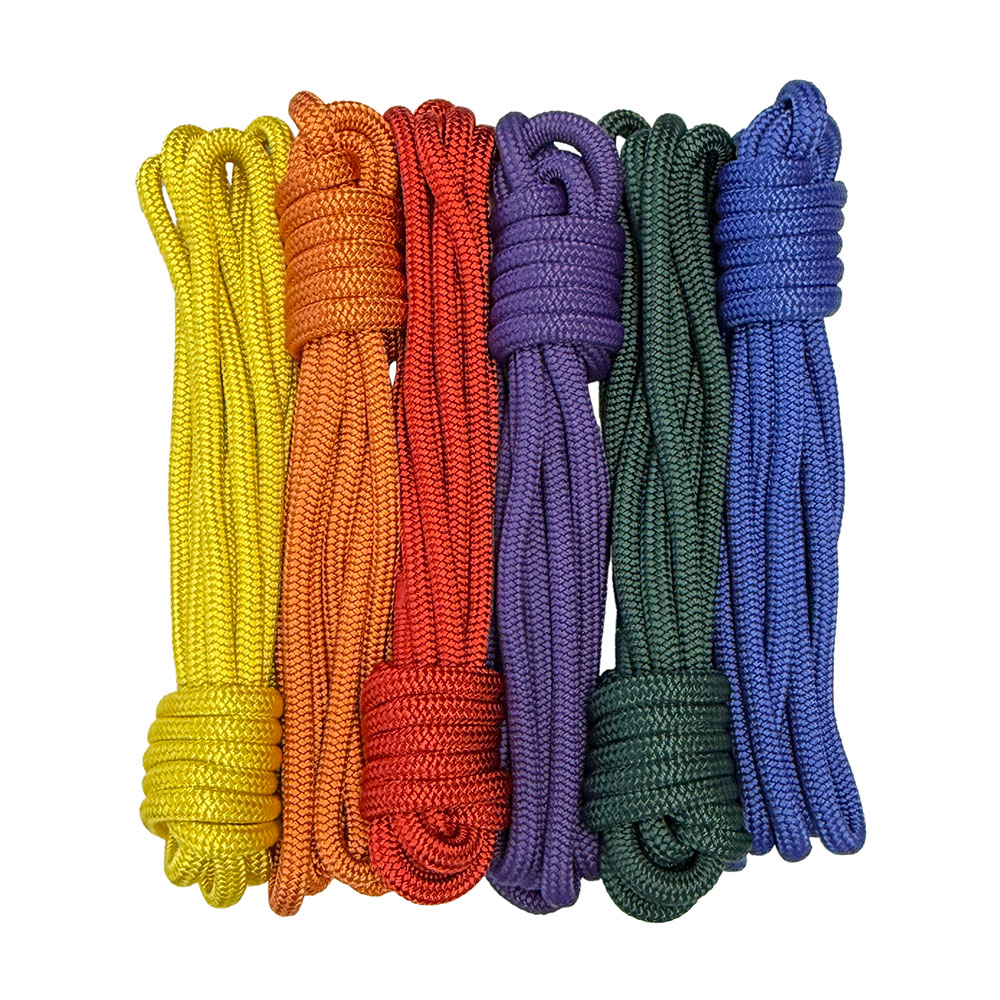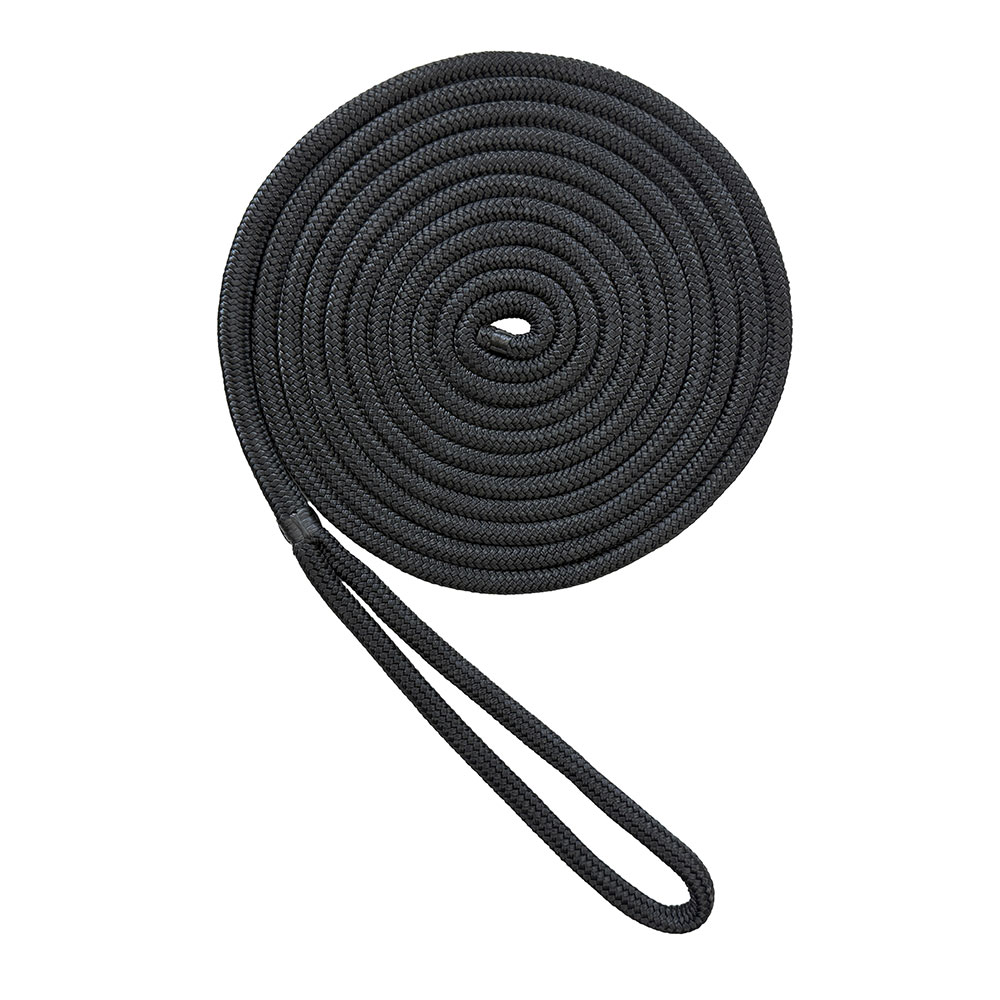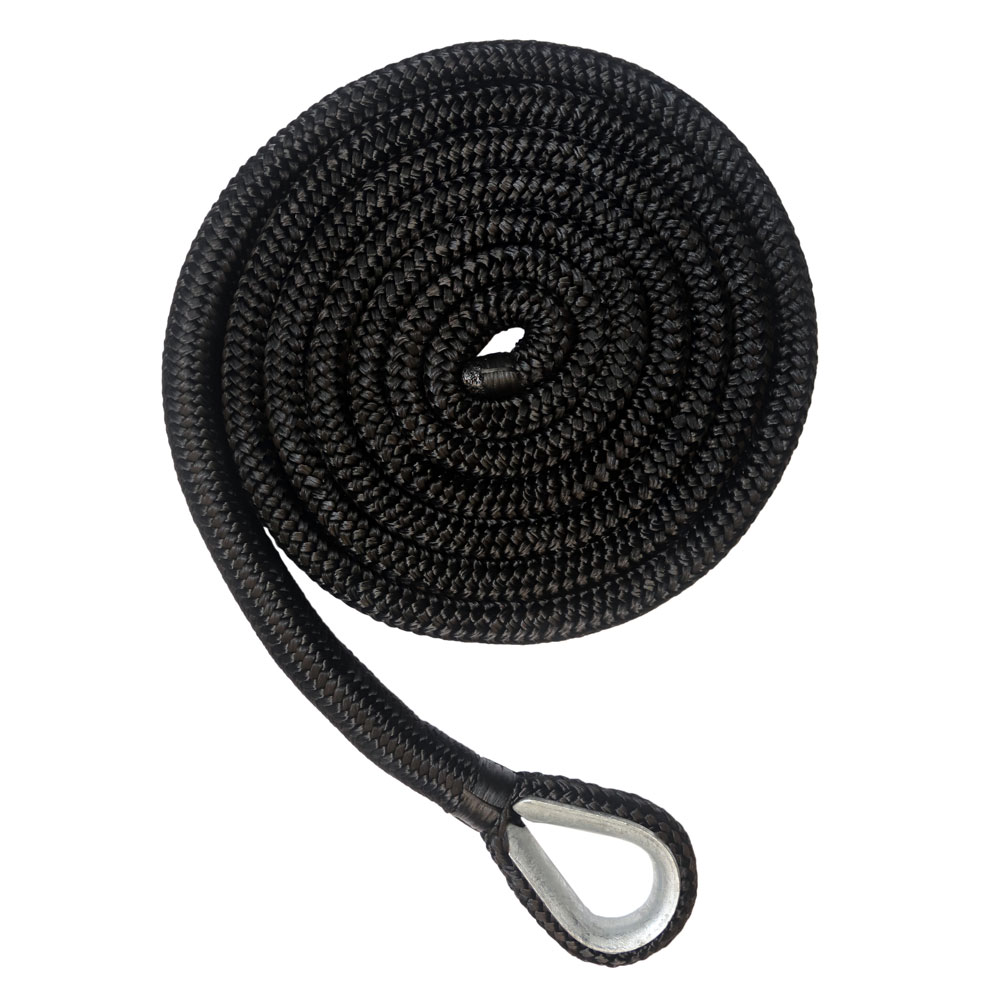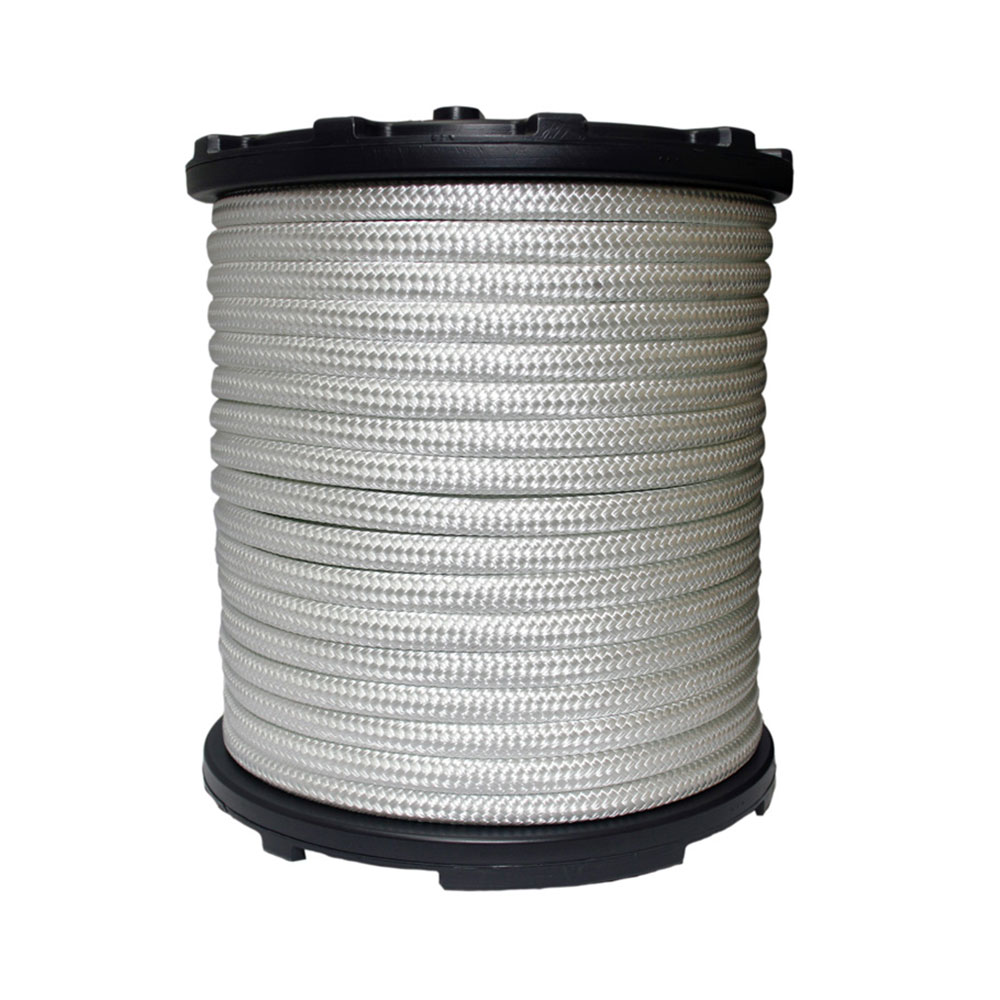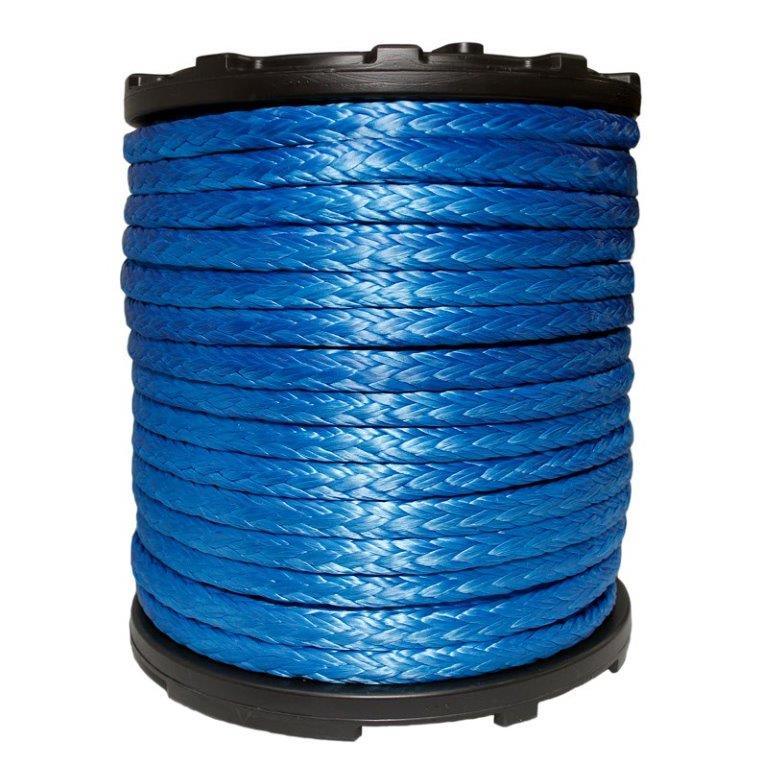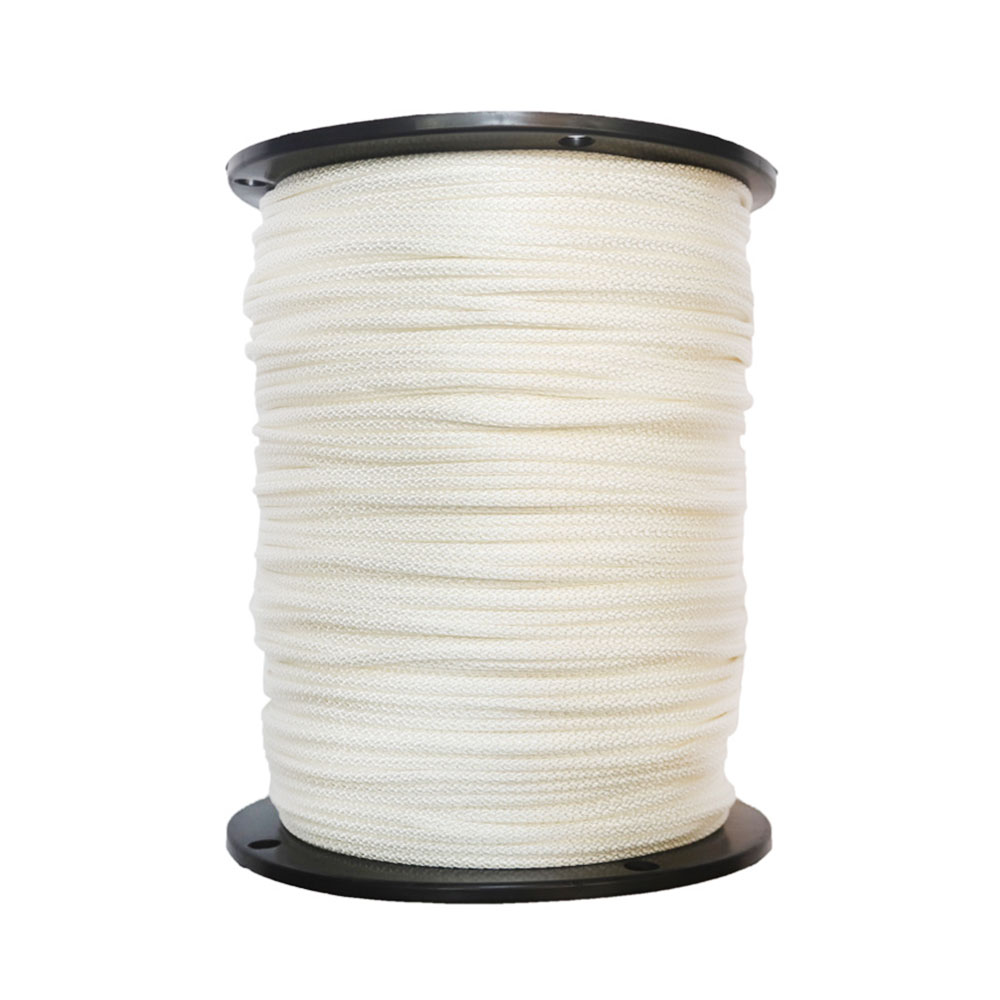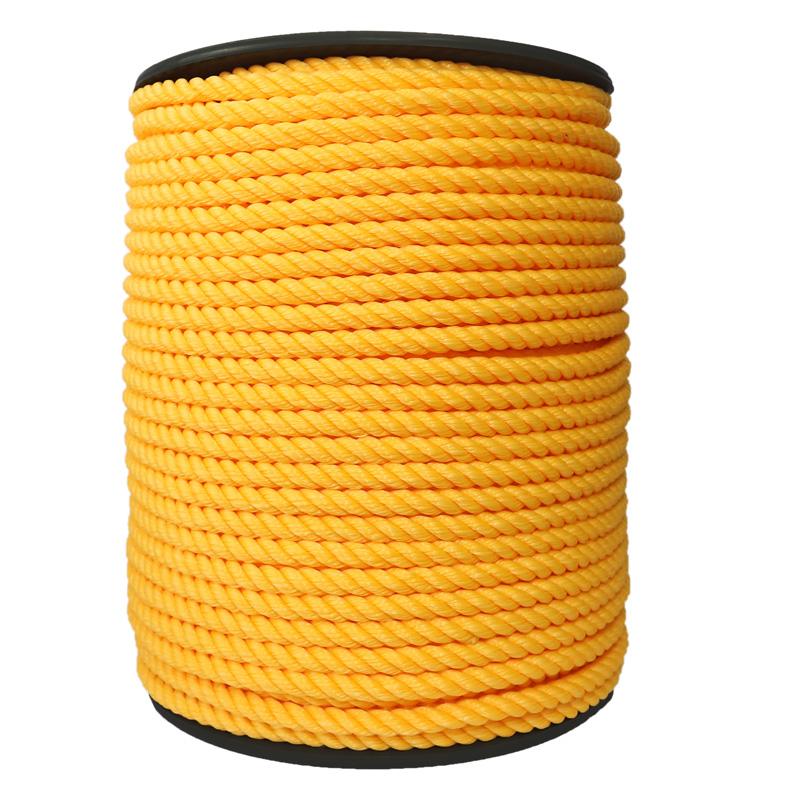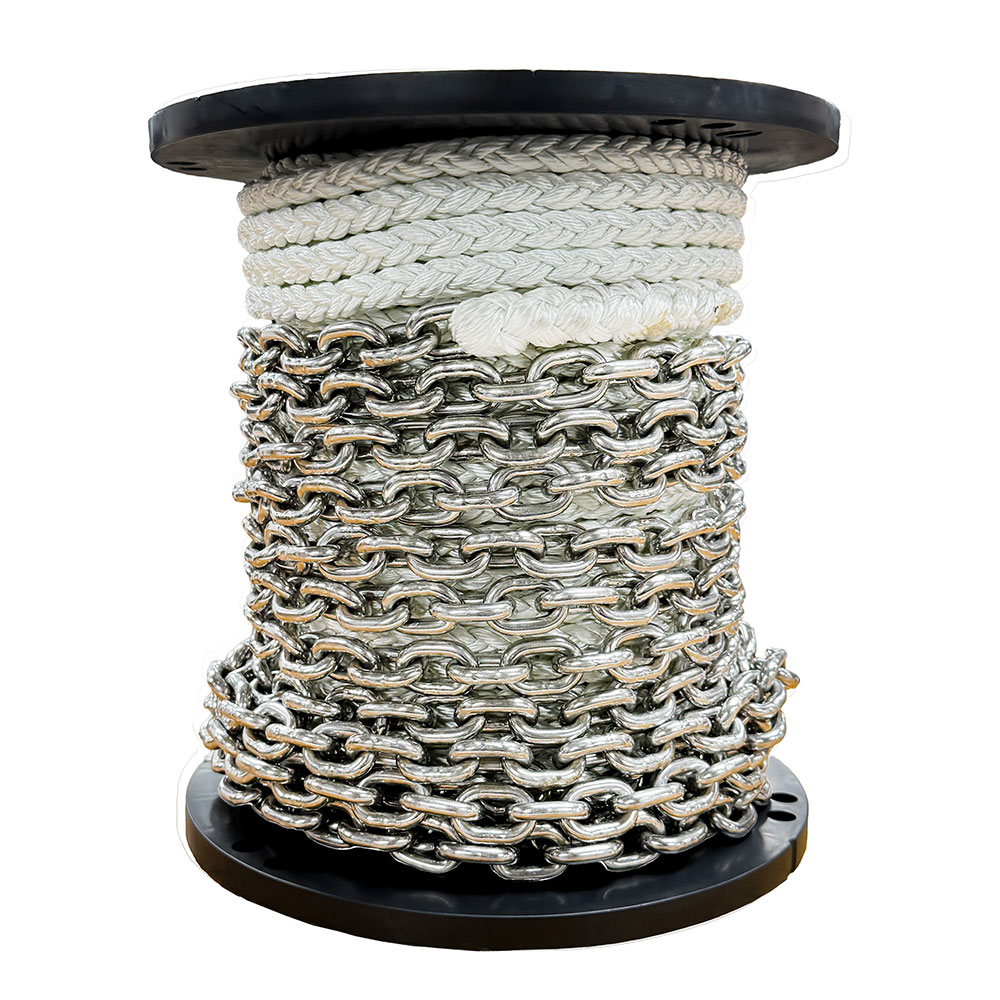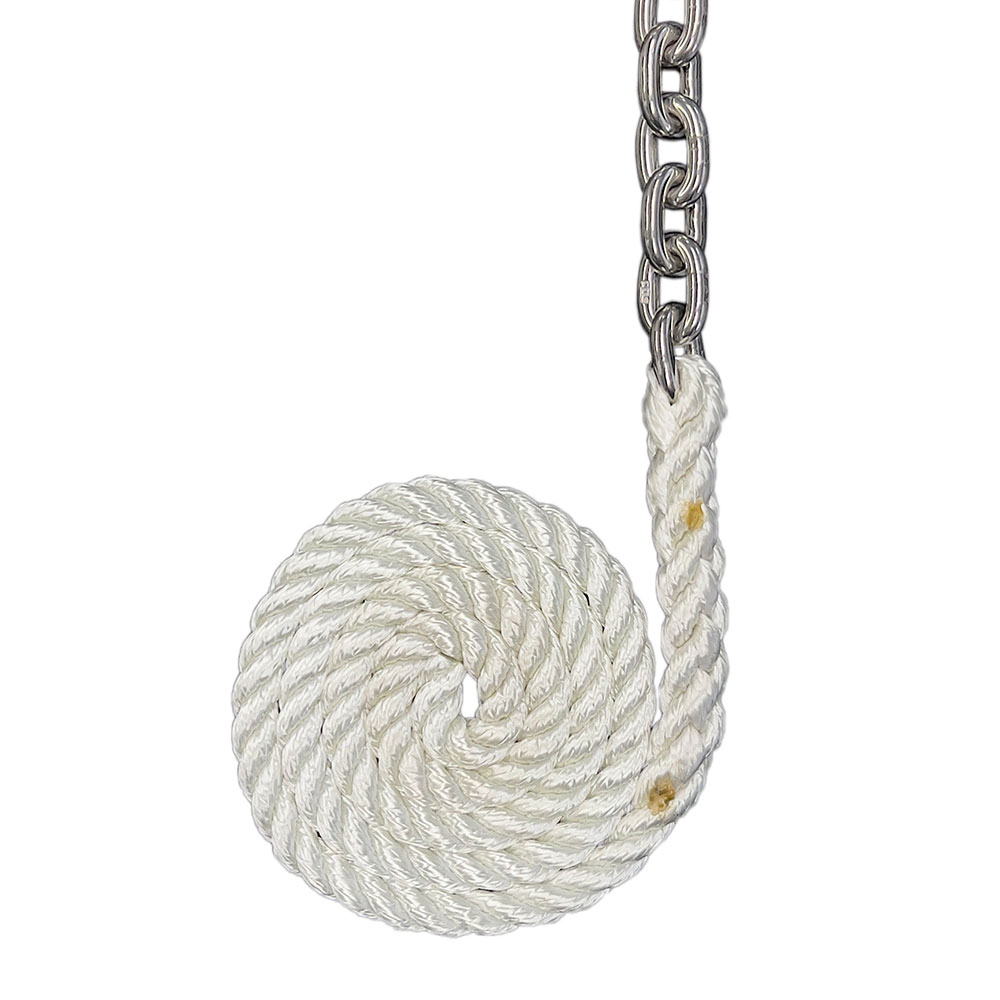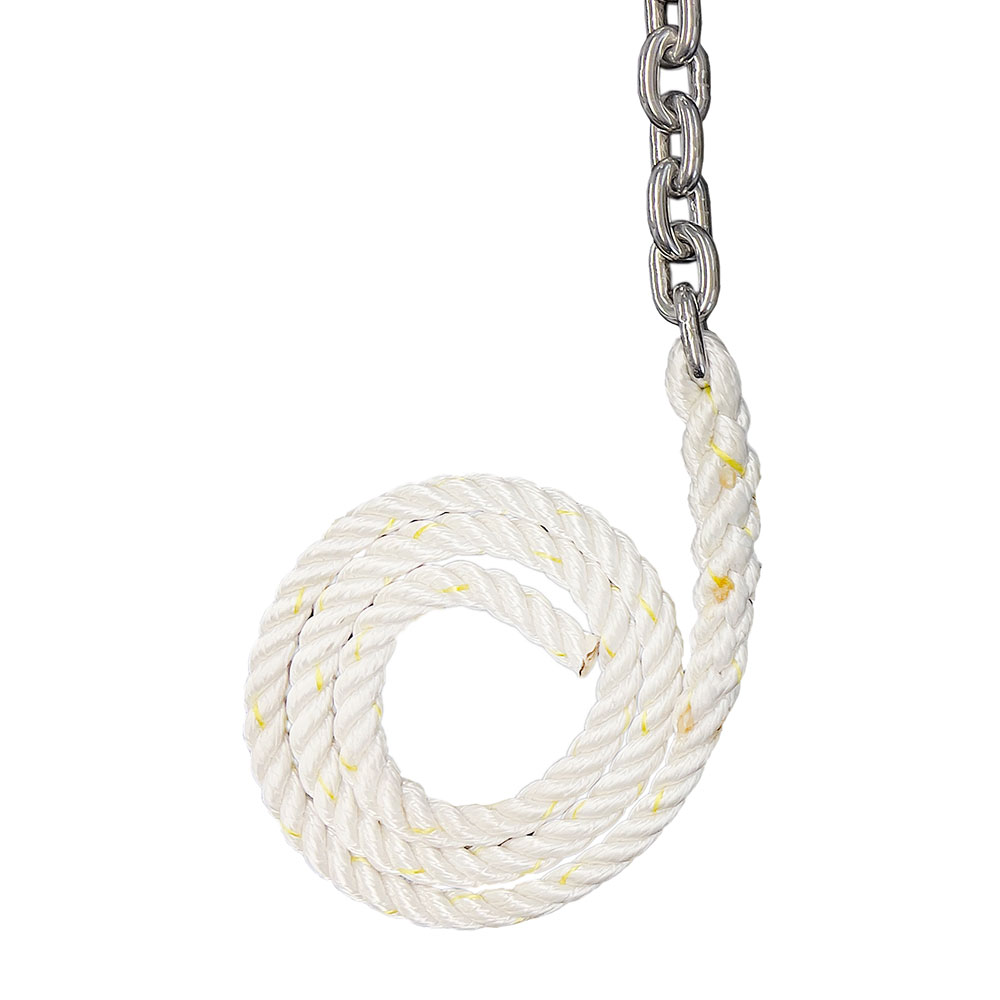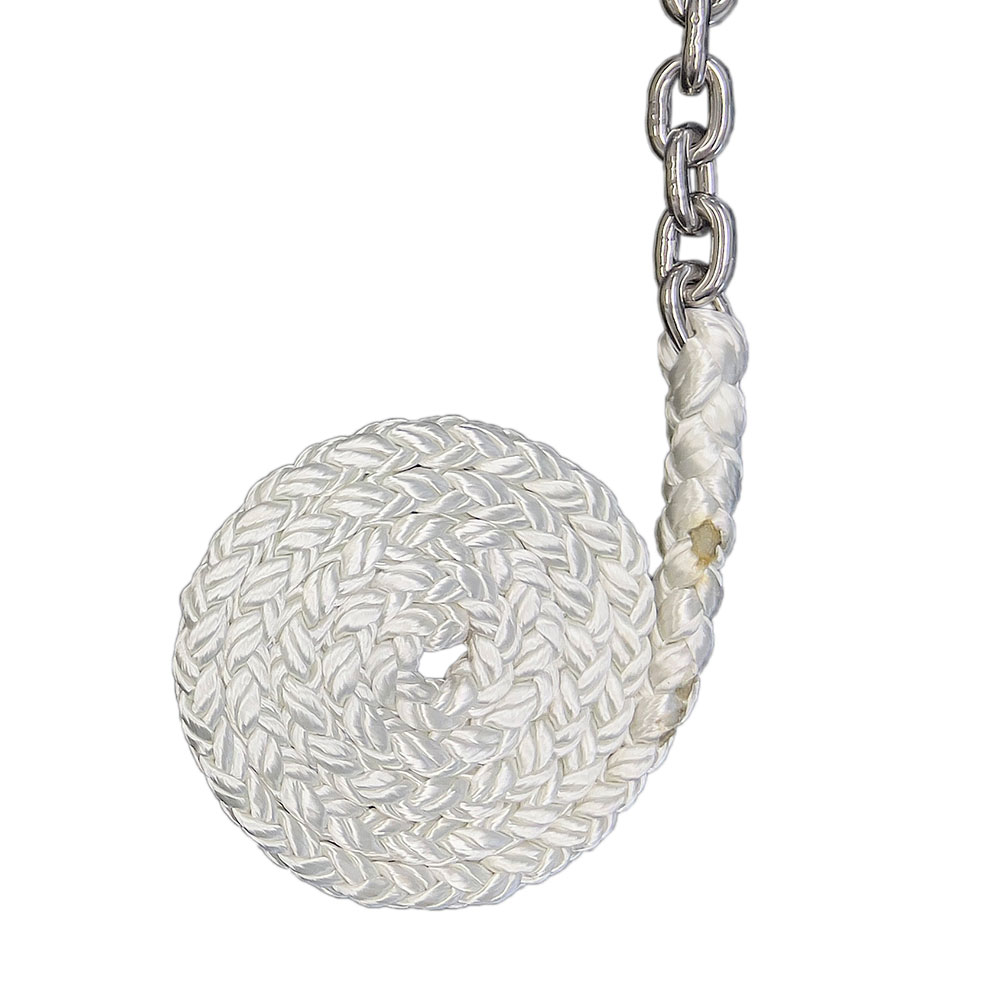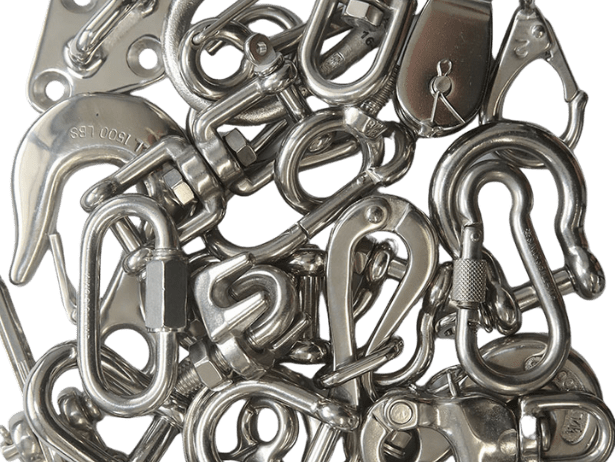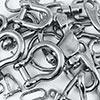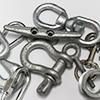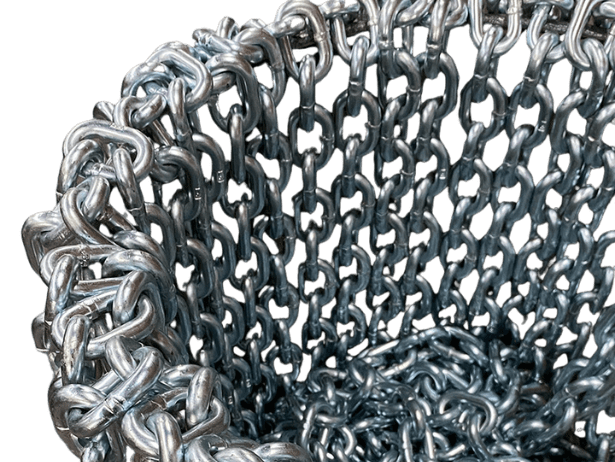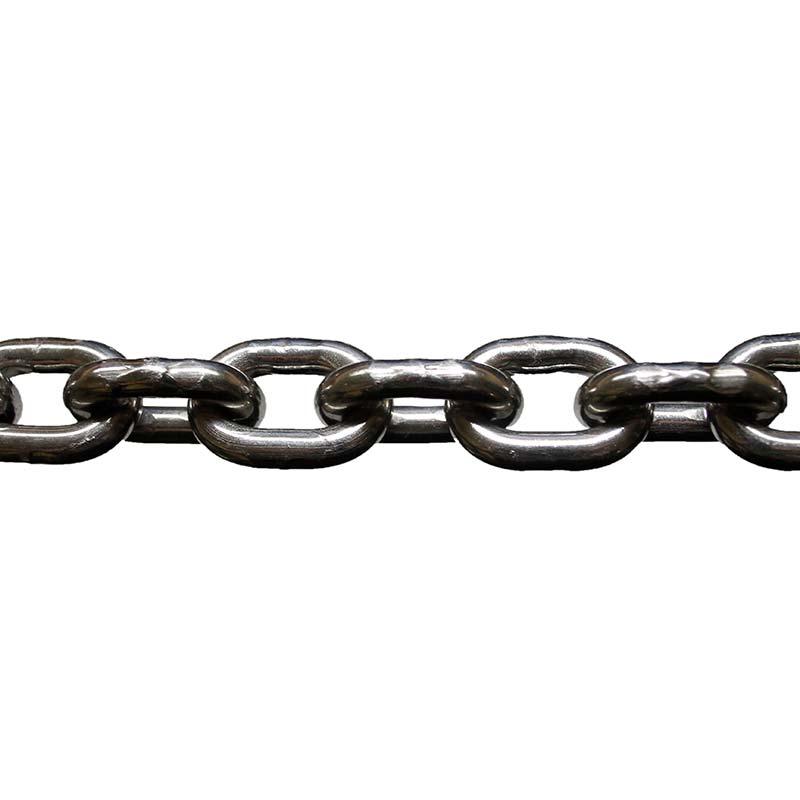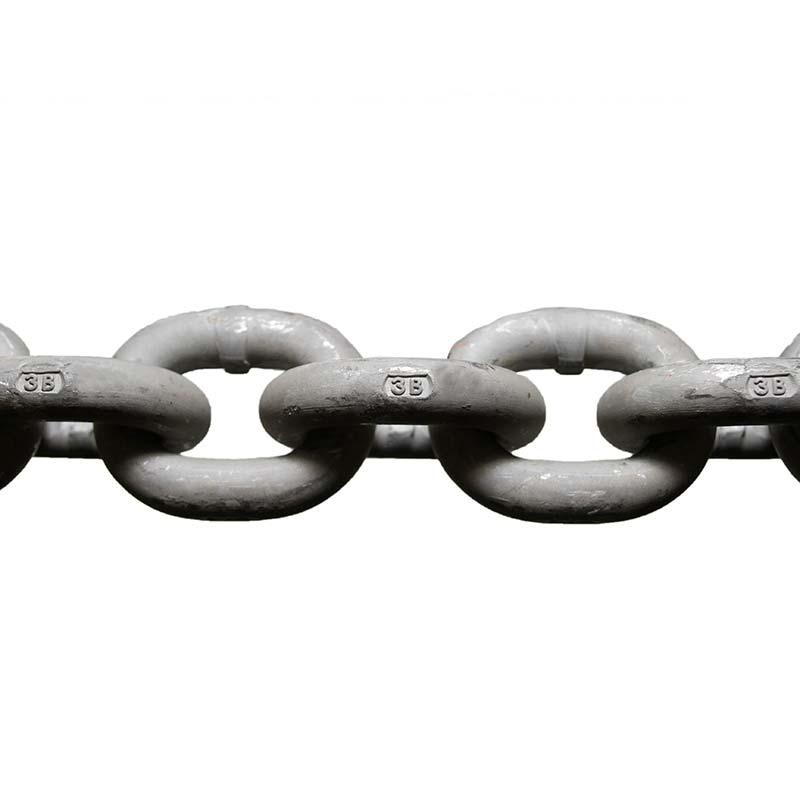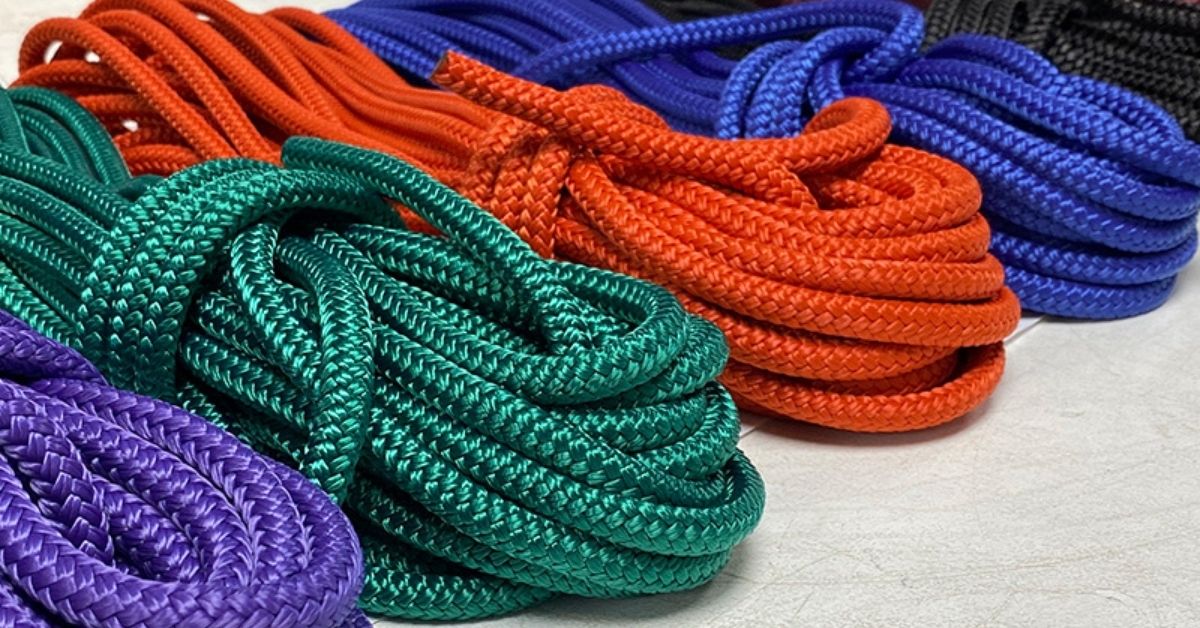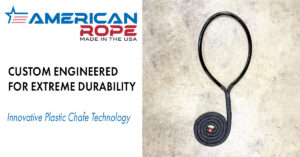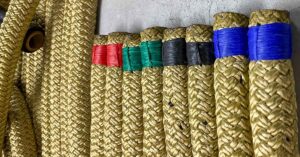Ropes are an essential part of any boater’s or professional’s toolkit. Whether mooring, anchoring, or docking, proper storage ensures your ropes remain in top condition and ready for use. At American Rope, we understand the importance of preserving the integrity and longevity of your ropes. This guide outlines proven techniques to prevent tangling and damage, helping you keep your equipment organized and effective.
Why Proper Rope Storage Matters
Proper storage isn’t just about keeping your gear tidy—it directly impacts the lifespan and performance of your ropes. Incorrect storage can lead to:
Tangling: Making ropes difficult to deploy quickly and efficiently.
Kinking: Creating permanent bends that weaken the rope.
Abrasion and Wear: Caused by friction against rough surfaces or other ropes.
Moisture Damage: Leading to rot, mildew, and reduced strength.
UV Degradation: Resulting in weakening and brittleness.
Key Techniques for Storing Your Ropes
1. Cleaning Your Ropes Before Storage
Before storing any rope, make sure it’s clean and dry:
- Rinse with Freshwater: Always rinse your ropes thoroughly after exposure to saltwater, dirt, or mud. Salt crystals can degrade the fibers over time.
- Mild Soap: For stubborn stains, use a mild detergent and a soft brush. Avoid harsh chemicals that can damage the fibers.
- Dry Thoroughly: Hang your ropes in a shaded, well-ventilated area until fully dry. Never store damp ropes in enclosed spaces to avoid mildew and mold growth.
American Rope’s marine-grade nylon construction is built to withstand harsh conditions, but proper cleaning will extend the life of both double braid and solid braid rope types.
2. Coiling Your Ropes Correctly
Proper coiling keeps ropes tangle-free and maintains their structural integrity:
- Hand Coiling: Follow the natural twist of the rope while coiling clockwise. This technique works particularly well with American Rope’s nylon dock lines, which maintain their flexibility when properly coiled.
- Figure-Eight Coiling: Use this technique for long or stiff ropes to avoid twisting and memory. This method is ideal for American Rope’s longer anchor rodes and solid braid constructions.
- Loose Coiling: Avoid pulling the rope too tightly into the coil. Allow slack to accommodate natural rope movement.
3. Hanging Your Ropes
Storing ropes by hanging reduces contact with surfaces and preserves shape:
- Use Rope Hooks or Pegs: Mount hooks or pegs at shoulder height to prevent excessive bending or drooping.
- Choose a Ventilated Area: Keep the area dry, cool, and well-ventilated. Avoid musty basements or high-humidity locations.
- Avoid UV Exposure: Prolonged sunlight exposure causes fading and weakens rope fibers. Store ropes in a shaded area whenever possible.
4. Using Rope Bags or Containers
Storage containers offer protection against external factors and improve organization:
- Breathable Rope Bags: Use canvas or mesh rope bags that allow air to circulate while keeping dust and dirt out.
- Ventilated Plastic Bins: Store in plastic containers with air holes if you’re protecting against water exposure or pests.
- Label Everything: Label the bags or bins by rope length, diameter, and construction type (double braid, solid braid, etc). This saves time when retrieving specific ropes for a job.
5. Storing Ropes Away from Hazards
Protecting stored ropes from harmful elements is essential:
- Avoid Sharp Edges: Do not store ropes near tools, jagged metal, or surfaces that can cause abrasions.
- Keep Away from Chemicals: Store in areas free from fuel, cleaning agents, or corrosive substances.
- Avoid Heat Sources: Do not place ropes near heaters, engines, or hot surfaces. Excessive heat can cause synthetic ropes to deform or melt.
Best Practices for Longevity
- Routine Inspections: Inspect ropes periodically, even while in storage. Look for discoloration, frayed strands, mildew, or signs of UV exposure.
- Rotate Inventory: Use older ropes before newer ones to prevent long-term storage fatigue.
- Don’t Overload: Avoid overfilling bins or putting too many ropes on one hook. Excess weight can distort shape or crush lower layers.
At American Rope, we’re committed to helping you get the most out of your marine and industrial ropes. By using these best practices, you protect your investment, extend rope life, and ensure every line is ready when needed. Visit americanrope.com for more expert tips and to shop our full line of premium rope products.


